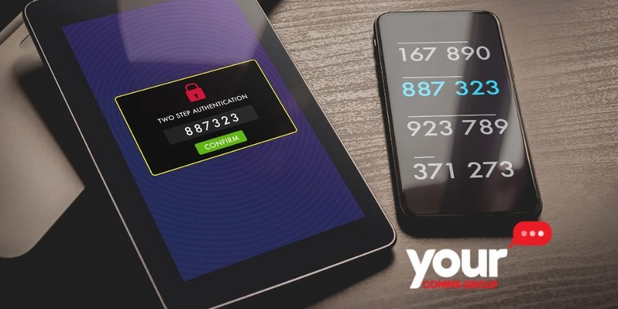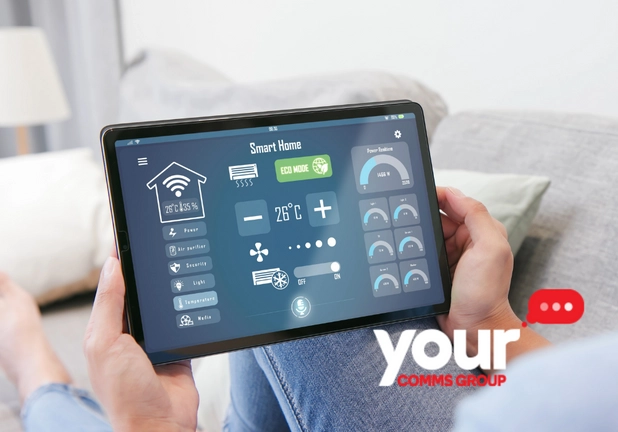What is Mobile IoT?
We're sure you're familiar with IoT, the latest and greatest in the world of technology - but what is mobile IoT? Mobile IoT is more commonly...

How do I protect my IoT devices, and why is this so important? The unprecedented scale and speed at which the Internet of Things is expanding has resulted in a growing concern for security and how to protect these IoT devices from hackers and malware.
This concern is understandable. IoT devices are largely integrated into a lot of aspects of our life, and bear a lot of responsibility. A lot of homes make use of IoT devices, with these tech-savvy systems coming in the form of anything from smart speakers all the way to smart home security systems. At the other end of the scale, IoT is starting to play a key role in the industrial and business world, with a lot of factories using IoT robots for manufacturing purposes and businesses making use of facilities such as IoT SIMs for smoother and more advanced communication purposes.
With IoT devices slowly starting to host more and more data collectively and bear more and more responsibility, exposing even just a single fleet of IoT to a malicious third party could be disastrous. The good news? There are plenty of methods you can use to protect your IoT devices. Let's find out how.
It sounds obvious, but setting strong passwords and usernames from the offset is one of the best and easiest ways to protect your IoT devices.
Admit it - we've all been guilty of selecting default usernames and passwords, or, even worse, something painfully guessable such as our name or birthday, at at least one point. With IoT, however, it's important to avoid falling into this trap at all costs. If you have a large fleet with numerous devices, we recommend making use of a password manager to keep your login details fresh and unique.
Don't underestimate the importance of changing your password regularly. Adding a new password every month or two can drastically lower the risk of your device's security being compromised.
-1.png?width=800&name=Untitled%20design%20(20)-1.png)
MFA - or multi-factor authentication - adds a necessary layer of security that goes beyond a username and password. MFA is useful backup if your login information has somehow been accessed by an external party, keeping your IoT devices secure in the worst-case scenario.
Multi-factor authentication can be used in a variety of ways, and you can customise the level of security so that it's appropriate for the device in question. Some examples include receiving a text with a code, whilst more high-security measures could include a form of physical authentication, such as inserting a USB stick to access your devices.
Using an insecure internet connection is a bad idea in the best of times, not to mention when you're trying to figure out how to protect your IoT devices.
It's important to ensure that your router is always kept secured to make sure that your devices are safe. Similar to the IoT devices themselves, you can do this by replacing the default settings for password and network/admin name on your router and changing these details every 1-3 months.
Encryption levels can also be key to avoiding detrimental outside attacks. Try upgrading to a high-encryption router if your current one doesn't support levels of security such as WPA2.
Have you heard of network segmentation? This process is perfect for keeping IoT devices extra-secure, and simply involves splitting one internal network into several sub-networks, keeping them isolated from each other.
This means that if a hacker gains access to one of your IoT devices or networks, they won't be able to access the entire fleet. This keeps the amount of damage done to your network to a minimum and also means that you can concentrate a higher level of your security resources into the devices that need it the most.
There are endless ways you can protect your IoT devices; how you choose to implement these methods, and which you choose, are entirely up to you!
Whilst security concerns are important, don't let fear dissuade you from investing in IoT. The Internet of Things devices are usually some of the most secure forms of technology out there, and go a long way towards making our lives a whole lot easier.
At Your Comms Group, we provide a bespoke multi-network IoT SIMs service to suit you and your IoT environment. We offer multi-network discounts and a variety of tariffs. Take a look at our prices online, or get in touch with one of our friendly agents for more information.

We're sure you're familiar with IoT, the latest and greatest in the world of technology - but what is mobile IoT? Mobile IoT is more commonly...

IoT devices are some of the most cutting-edge and useful technological advancements of recent years - but what is IoT device management, and what can...

What is M2M communication in IoT? - The Internet of Things is one of the most topical buzzwords in modern technology, with the term 'M2M...